Lighting in Relation to Growing Cannabis
With the legalization of medical cannabis in many regions of Canada and the USA, there has been a surge in the developmental aspect of grow lighting by the Solid State Lighting (SSL) industry. Although HPS and Metal Halide lamps have been in use for many years, the LED industry for horticultural applications is growing rapidly due to the number of advantages it has. These advantages include the flexibility of design, low heat and low power consumption of LED light fixtures as compared to discharge type lamps.
Normally plants have two types of chlorophylls which are chlorophyll a and chlorophyll b. Chlorophyll a is more abundant and has absorption peaks at 430 nm (blue) and 662 nm (red). Chlorophyll b is less abundant and has absorption peaks at 453 nm (blue) and 642 nm (red). The chlorophyll absorption curve for cannabis is shown in figure 1.
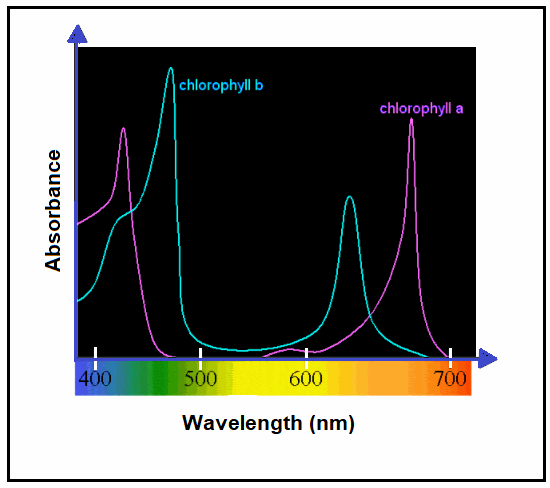
Figure 1: Cannabis chlorophyll absorption.
There has been a debate in the horticultural community pertaining to necessity of providing the plants with other wavelengths of light besides blue and red. If the chlorophyll absorption only occurs in red and blue, why should one bother to provide green, yellow, etc. colours? White lights contains a range of colours and typically a white LED lamp consumes more energy than a blue plus red lamp. If chlorophyll absorption was the only criteria, providing the blue+red wavelengths only to the plant, this would satisfy all the plants’ needs and also would save up on electricity bills for the growers. However, photosynthesis is not the only photo-chemical process that is going on inside the plant and there are other processes that affect the plant morphology. One of these processes is called photo-tropism that tells the plant where the light is and keeps it to point towards the source of light. Experiments done on the same plant using two different sources of light, one red+blue and the other white, shows that the plants that has grown under the white light, seems to have stronger stems and stands up straight. The plant which is grown under a red+blue lamp of identical power collapses under its own weight when it grows taller due to weaker stems. Growing leafy vegetables such as lettuce, basil, spinach that grow at a low height may be Ok with red and blue light only, but for tomato and cannabis plants which grow to be several feet high, it is definitely important to provide other wavelengths of light beside red and blue to improve the plant’s morphology. The green light shining on the plant also has the added advantage of reaching the lower leaves by multiple reflections.
For Cannabis plants, there are several stages of growth right from the seed, to vegetation to pre-flowering to flowering. Each stage requires its own characteristic light. Typically, seedlings may not need too much light and are prone to get damaged by too much light. However, when cannabis enters into the vegetative phase which can be identified either through height (12” to 18”) or through the time period (4-6 weeks after planting the seed), it requires a lot of light.
Vegetation state: At the vegetation state there are several requirements for the light source as follows:
- The plant requires a lot of blue light, typically about 12% of all the light it receives should be blue light. HPS light is NOT suitable at this stage simply because it can provide a maximum of 4% of blue light. Metal halide lamps and LED lamps are much more suitable for providing the appropriate levels of blue illumination. Of course plants also need red light but it needs more blue than red at this stage. Figure 2 is a comparison between spectral power distribution of HPS, metal halide lamps. The increased level of blue illumination for metal halide is visible in the image as compared to HPS.
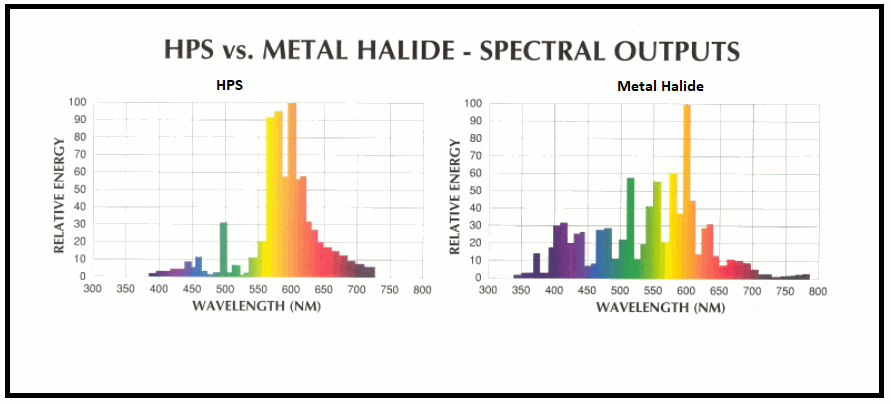
Figure 2: Comparing metal HPS and metal halide spectral power.
- The light cycle of the plant should be 18 hours of light followed by 6 hours of darkness to emulate the long hours of the summer. Cannabis plant requires a lot of light at the vegetative state and some growers go as far as shining light for 24 hours a day with no rest for the plant. Others argue that cannabis plants require some down time to rest and there are no significant advantages of shining light for 24 hours as compared to 18 hours with the obvious disadvantage of increasing the electricity bill.
- There are two types of phyto-chromes (pigments which regulate many developmental processes in a plant) in the plant at this stage. These are far-red phytochromes and red phytochromes. As long as the balance between these two types of phytochromes stays the same, the cannabis plant continues to stay in the vegetative state.
Figure 3 shows a cannabis plant in the vegetative stage with the white light shining on it.

Figure 3: Cannabis plant during the vegetative stage.
The cannabis plant leaf has its typical serration of leaves. The plant grows to have new branches, nodes and leaves and the stem becomes taller and thicker. Aside from the lighting, the plant requires lot of fresh warm water, a soil rich in nitrogen and dry air.
Flowering stage: What keeps the cannabis plant in the vegetative state is the existence of the far red-phytochromes. In order to terminate the vegetative stage and enter in the flowering stage, the light/dark cycle has to be changed. More dark hours will cause far-red phytochromes to turn into red phytochrome and hence a 12/12 hour light-dark cycle is recommended. At the flowering stage the plant starts to grow to 2-3 times it vegetation stage height and after a few weeks it is possible to discern the sex of the plant. At this stage the cannabis plant does not need as much blue light and may require more red as the vegetation stage so some growers prefer changing lamps and go back to HPS lamp. Figure 4 shows the male and female cannabis plants which are easily discernable due to presence of sacs in male and absence of them in females.
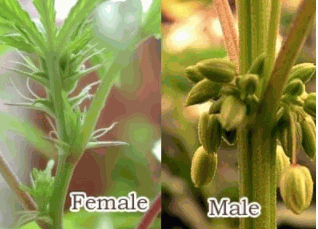
Figure 4: Male and female cannabis plants.
Once the plant show its sex, it is essential to separate the male plants from the female ones and throw the male plants away. If not, the male sacs will eventually break and the female plant will be pollinated and produce new seeds. This is not a desirable effect for growers, since the grower’s goal is to have the female plant produce cola buds. When the separation is done, the cola buds eventually start to appear after a few weeks and one can also observe the long thin hairs hanging from them which are called pistils. When the color of the pistils turns orange its time to harvest the plant. Figure 5 below shows the cola buds and the orange pistils hanging from them.
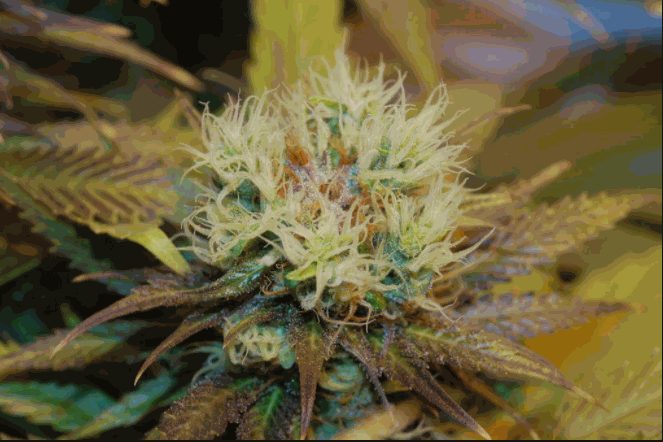
Figure 5: When the pistils turn orange color, it is time to harvest the buds.
Role of metrics in the cannabis growth: The lighting passport smart-phone portable spectrometer introduced by Allied Scientific Pro is the correct tool to monitor the intensity and wavelength of grow lighting for horticultural application. The existence of reference spectra is a big asset which helps cannabis growers to compare the characteristics of their grow light with what is needed for growing their product. As mentioned earlier, in the vegetation state, Cannabis needs a lot of blue light as compared to red light and this reflects itself in the reference spectrum which can be found in the Lighting Passport software. Figure 6 shows the reference spectrum.
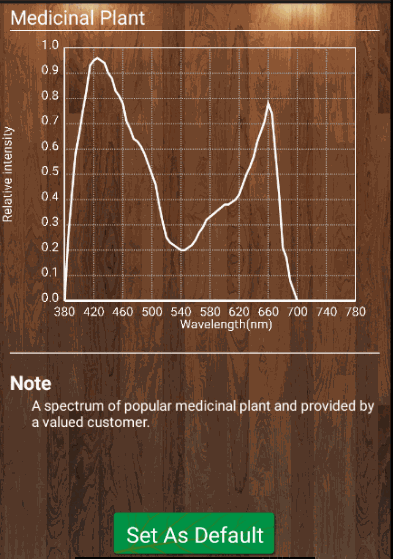
Figure 6: Reference spectrum for cannabis.
The lighting passport allows the growers to calculate the weighted spectrum of YPFD by multiplying the reference spectrum by the PPFD of the light source and hence understand how suitable their light source is for Cannabis growth. Figure 7a & 7b show the measured PPFD of a red and blue LED source and the YPFD plot calculated by multiplying PPFD value at each wavelength by the corresponding value of the medicinal reference plant reference spectrum at that wavelength.

Figure 7a: PPDF plot.

Figure 7b: YPDF plot.
Interesting to observe that the PPFD values above 700 nm which have no use for medicinal plants according to the medicinal plant reference spectrum, produce zero YPFD at wavelengths greater than 700 nm, implying that they are totally useless to the cannabis plant.
Another useful feature of the lighting passport and the SGAL (Spectrum Genius Agricultural Lighting) software is the existence of diaries in the software which allows the growers to monitor the growth and record the measurement throughout the growth of the Cannabis plant. The diaries are called “Daily” and one can store all the measurements done during different times during a day in a file. The software has an analyze feature which allows the user to plot a certain characteristics such as PPFD for that day and observe the variation throughout the day. It is also possible to take a picture of the plant and the light source everyday and record the temperature and humidity level as well. Figure 8 shows the plot of PPFD value for 5 measurements from an artificial source. For the last two measurements the position of the lighting passport was changed to a dark place and a very bright place, to get a variation in the PPFD. The slider would allow to read the value at each data point.
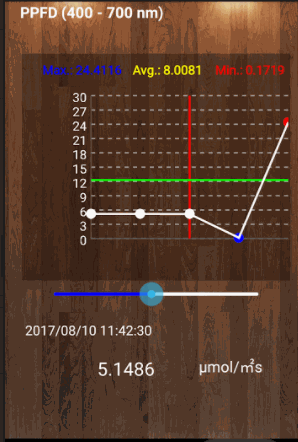
Figure 8: The “Daily” diary in SGAL.
To summarize, the cannabis plant has several stages in its growth and the type of lighting plus the light/dark cycle varies for each stage. To move on from the vegetation stage to flowering, one has to vary the 16 hour bright/8 hour dark cycle to a 12/12. Lighting Passport and the agricultural software SGAL introduced by Allied Scientific Pro, is a very useful tool to monitor the Cannabis growth light and vary it according to the plant needs.
References:
- Science advances in matching LED lighting to horticulture needs, Maury Wright, LED magazine, September 20, 2016).
- Internet based blogs and articles on cannabis growth light.